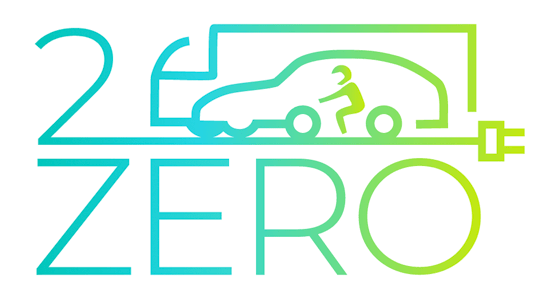QUIET
QUalifying and Implementing a user-centric designed and EfficienT electric vehicle

- Framework: Horizon 2020
- Type: STREP
- Status: Ongoing
- Category: Electrification (FEV/PHEV)
- End Date: 30/09/2020
- Vehicles: Passenger cars
QUIET aims at developing an improved and energy efficient electric vehicle with increased driving range under real-world driving conditions. This is achieved by exploiting the synergies of a technology portfolio in the areas of: user-centric design with enhanced passenger comfort and safety, lightweight materials with enhanced thermal insulation properties, and optimised vehicle energy management.
The developed technologies will be integrated and qualified in a Honda B-segment electric vehicle validator. Among these, a novel refrigerant for cooling, combined with an energy-saving heat pump operation for heating, advanced thermal storages based on phase change materials, powerfilms for infrared radiative heating, and materials for enhanced thermal insulation of the cabin will be investigated. Further focus is put on lightweight glasses and composites for windows and chassis, as well as light metal aluminium or magnesium seat components. Optimized energy management strategies, such as pre-conditioning and zonal cooling/heating the passenger cabin as well as user-centric designed cooling/heating modules will further enhance the thermal performance of the vehicle. These strategies will be seamlessly implemented in an intelligent vehicle control unit enhanced by a novel Human Machine Interface, which, beyond being intuitive and user friendly, will also consider diverse users’ needs, accounting for gender and ageing society aspects.
The objective of QUIET is to reduce the energy needed for cooling and heating the cabin of an electric vehicle under different driving conditions, by at least 30 % compared to the Honda baseline 2017. Additionally, a weight reduction of about 20 % of vehicle components (e.g. doors, windshields, seats, heating and air conditioning) is also addressed. These efforts will finally lead to a minimum of 25 % driving range increase under both hot (+40 °C) and cold (-10 °C) weather conditions.
